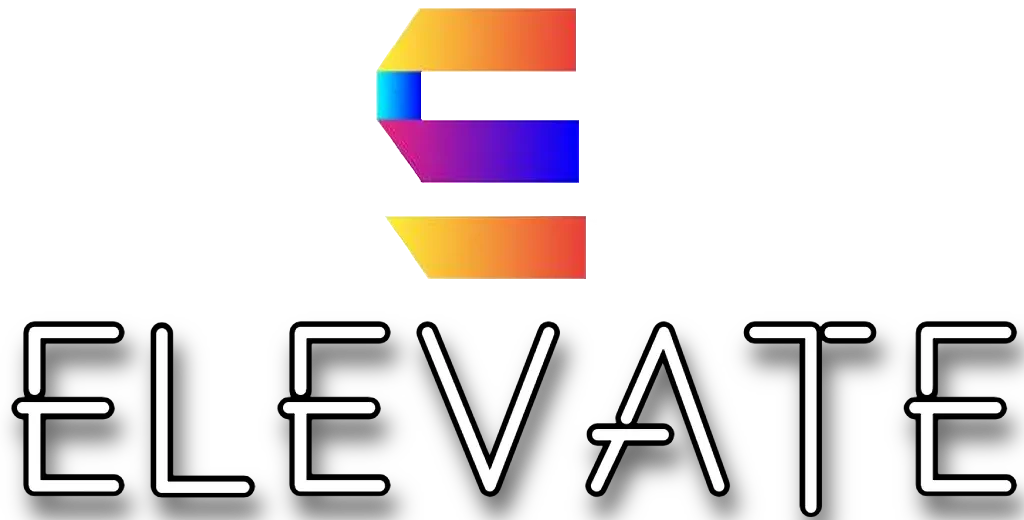Geothermal HVAC systems use the Earth’s stable underground temperature to provide energy-efficient heating and cooling, reducing energy costs by up to 70%. With low maintenance, long lifespan, and eco-friendly operation, they offer a sustainable alternative to traditional HVAC systems.
While installation costs can be high, government incentives and long-term savings make geothermal systems a smart investment for energy-conscious homeowners. These systems offer consistent performance, lower utility bills, and minimal maintenance, making them one of the most reliable and sustainable HVAC options available today.
How Does Geothermal HVAC Work?
Geothermal HVAC systems use underground pipes, known as ground loops, to exchange heat with the earth. The temperature below the surface remains consistent year-round, allowing heat pumps to absorb heat in winter and release heat in summer.
Key Components of a Geothermal System
- Ground loop system – Buried pipes that circulate fluid to transfer heat.
- Heat pump – Extracts or dissipates heat from the fluid.
- Air duct system – Distributes conditioned air throughout the home.
- Thermostat and controls – Regulate system operation for optimal efficiency.
The system eliminates the need for burning fossil fuels, reducing carbon emissions while maintaining comfortable indoor temperatures year-round.
Benefits of Geothermal HVAC
Unmatched Energy Efficiency
- Geothermal heat pumps operate at 300-500% efficiency, far surpassing gas furnaces (95%) and traditional AC units.
- The system uses 75% less energy compared to conventional heating and cooling methods.
- Reduces reliance on electricity, natural gas, and oil, leading to significant energy savings.
Lower Utility Bills
- Homeowners can save 30-70% on heating costs and 20-50% on cooling costs annually.
- The U.S. Department of Energy reports that geothermal HVAC can reduce overall energy consumption by 40-60%.
- Though installation costs are higher, payback occurs within 5-15 years due to lower energy bills.
Environmentally Friendly Heating and Cooling
- Geothermal HVAC reduces carbon emissions by eliminating fossil fuel combustion.
- Unlike solar or wind power, geothermal energy is available 24/7, making it a reliable renewable energy source.
- Helps reduce greenhouse gas emissions, contributing to a sustainable future.
Minimal Maintenance and Long Lifespan
- Geothermal heat pumps last 25+ years, while underground loops can last 50+ years.
- Requires less maintenance than traditional HVAC systems.
- No exposure to outdoor elements means fewer breakdowns and repairs.
Potential Challenges of Geothermal HVAC
Higher Upfront Installation Costs
- Geothermal HVAC installation ranges from $10,000 to $30,000, depending on the system type and location.
- While expensive, federal and state tax incentives can offset initial costs.
- Many homeowners recover costs through energy savings within a decade.
Space and Soil Considerations
- Ground loops require sufficient land area or deep vertical drilling.
- Soil type and underground conditions impact installation feasibility and costs.
- Urban homes with limited yard space may require alternative installation methods.
Longer Payback Period
- While savings are substantial, homeowners must be prepared for long-term investment.
- Homes with high energy demands benefit the most from faster ROI.
Types of Geothermal HVAC Systems
Closed-Loop Systems
- Horizontal loops – Installed 3-6 feet underground, ideal for homes with available yard space.
- Vertical loops – Drilled deep (100-400 feet), perfect for small lots with limited land area.
- Pond/lake loops – Submerged in a nearby water source, offering cost-effective installation.
Open-Loop Systems
- Uses well or surface water as a heat exchange medium.
- Efficient but requires ample water supply and regulatory approval.
Geothermal HVAC vs. Traditional HVAC
Feature | Geothermal HVAC | Traditional HVAC |
Energy efficiency | 300-500% | 95% (gas furnace) |
Lifespan | 25+ years (heat pump), 50+ years (loops) | 10-15 years |
Maintenance | Minimal | Regular servicing required |
Installation cost | Higher ($10K-$30K) | Lower ($5K-$12K) |
Operating cost | Lower (saves 30-70% on heating, 20-50% on cooling) | Higher energy bills |
Eco-friendliness | Zero emissions, renewable energy | Relies on fossil fuels |
Financial Incentives for Geothermal HVAC
Several government incentives make geothermal HVAC more affordable:
- Federal Investment Tax Credit (ITC) – Covers up to 30% of installation costs.
- State and local rebates – Additional incentives available depending on location.
- Low-interest financing – Some energy programs offer financing options for renewable HVAC systems.
These financial incentives help homeowners recover initial costs faster while benefiting from long-term energy savings.
Is Geothermal HVAC Right for You?
Geothermal HVAC is an excellent choice for homeowners looking for energy efficiency, sustainability, and long-term cost savings. However, it’s important to consider installation feasibility, upfront costs, and property size before making the switch.
You Should Consider Geothermal HVAC If
- You want to lower energy bills by 40-60%.
- You plan to stay in your home long enough to see cost savings.
- Your property has sufficient land or access to vertical drilling.
- You prefer an eco-friendly alternative to fossil fuel heating and cooling.
It May Not Be Ideal If
- You need a low-cost installation option.
- Your property lacks space for ground loops.
- You’re not planning to stay in your home long-term.
Final Thoughts
Geothermal HVAC systems are shaping the future of energy-efficient home heating and cooling. While the upfront investment is significant, the long-term savings, durability, and eco-friendly benefits make it an attractive option for many homeowners.










